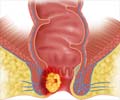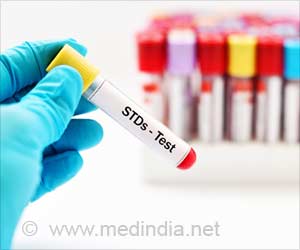Safe sex campaign seems to be working in the UK. Condoms seem to be as popular as the pills among women, as per figures released by the Office for National Statistics.
Condoms are used by 25 per cent of women under 50, and an equal percentage use the pill as a birth-control method, according to Opinions Survey Report No. 41 Contraception and Sexual Health, 2008/09 , which is based on information provided by 2,557 respondents (1,464 men and 1,093 women).Other findings included:
• the majority of women under 50 (75 per cent) were using contraception
• younger women preferred to use the pill or male condom, and
• older women were more likely than younger women to rely on sterilisation or their partner’s vasectomy.
Excluding women who had been sterilised at least two years ago, in 2008/09 almost all women (91 per cent) said they had heard of the emergency contraception pill, or “morning after pill”. However, awareness of the emergency intrauterine device (IUD), which can be inserted up to five days after intercourse, had fallen from 49 per cent in 2000/01 to 40 per cent in 2008/09.
In 2008/09, TV programmes and adverts were acknowledged as the main source of information about sexually transmitted infections (STIs) by 55 per cent of those surveyed. Newspapers, magazines and books were mentioned as the main source by 16 per cent and government information leaflets by three per cent. Sex information in schools or colleges accounted for 11 per cent.
Over half the men interviewed (59 per cent) who said they were not in a long-term exclusive relationship, but had had a sexual relationship in the last year, admitted that information on HIV and other sexually transmitted infections had no effect on their behaviour. However:
• 34 per cent said they had increased their use of condoms
• six per cent said they had fewer one-night stands, and
• six per cent took a test for sexually-transmitted infections when they changed partners.
"An increase in condom use is very good news as condoms offer double protection – against sexually transmitted infections as well as unwanted pregnancy," Victoria Sheard, deputy head of policy at sexual health charity the Terrence Higgins Trust, said.
A related study said the number of people using NHS community contraception clinics rose by seven per cent to 1.3 million in the year to March 2009.
The biggest percentage rise was among men with 13 per cent, or 17,000, more attending in 2008/09 compared to the previous year, bringing the total to 140,000 – approximately one in ten of all those attending.
Among women, the number of those attending increased by six per cent, or 67,000, to 1.2 million.
NHS Contraceptive Services, England 2008/09, brought out by the NHS Information Centre. also showed:
Among women who attended NHS community contraceptive clinics, the 16-19 year old age group had the highest number of attendances per 100 of the population. An estimated 21 per cent of women in this age group visited a clinic during the year while the equivalent proportion for those aged 13 to 15 was eight per cent. In 2007/08, the respective proportions for these age groups were 20 per cent and 8 per cent.
Use of Long Acting Reversible Contraceptives (LARCs) continues to increase and now accounts for 24 per cent of primary methods of contraception among women who attended NHS community contraceptive clinics. This percentage was 23 per cent in 2007/08 and 18 per cent in 2003/04.
NHS Information Centre chief executive Tim Straughan said: “The report reveals the profile of the patients using NHS community contraceptive clinics as well as the growing use of Long Acting Reversible Contraceptives.”
Source-Medindia
GPL













